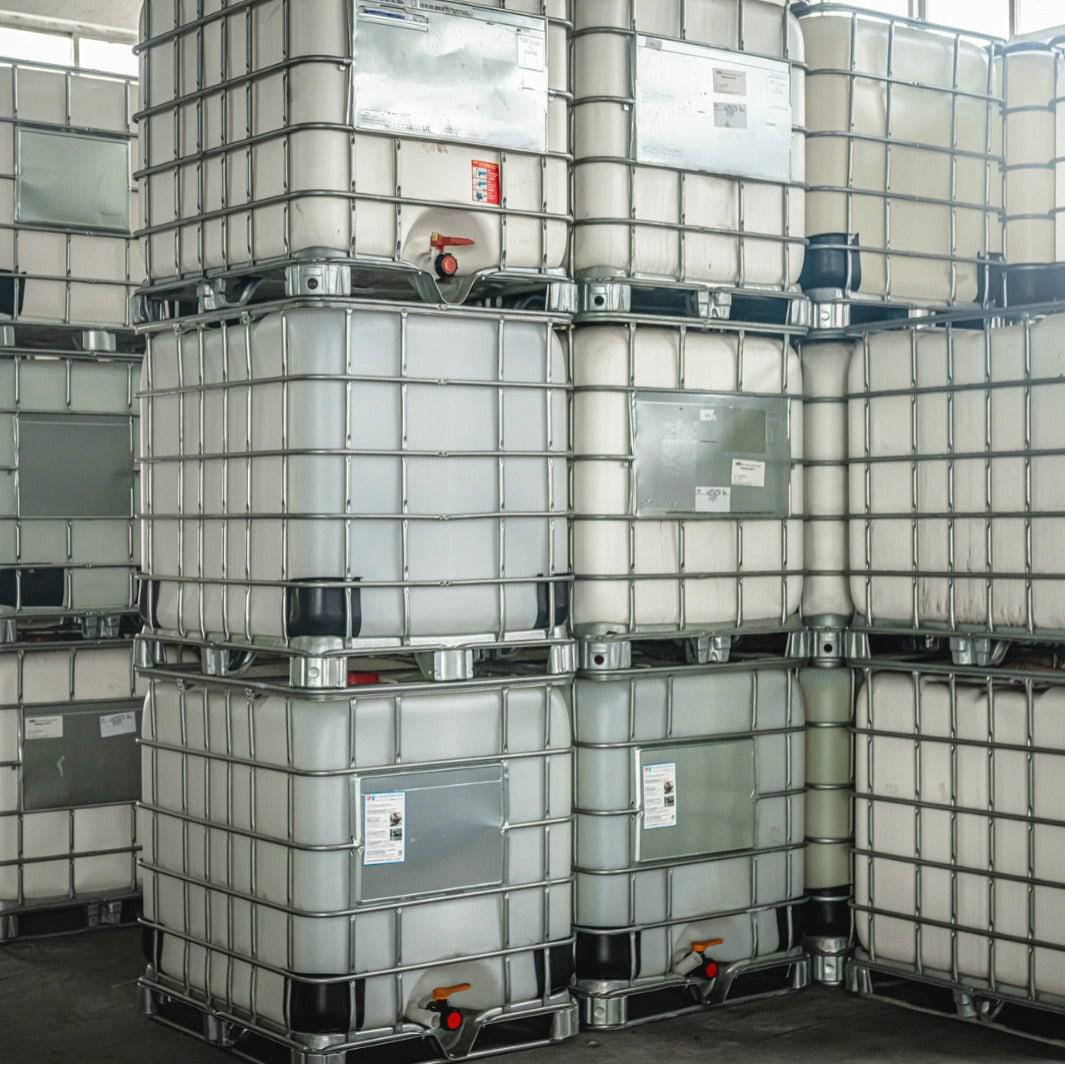Our Chemie Diaries
Table of ContentsUnknown Facts About ChemieSome Ideas on Chemie You Should KnowChemie - The FactsThe smart Trick of Chemie That Nobody is Talking AboutGetting The Chemie To WorkChemie - An Overview
(https://nwgsuqneu11.typeform.com/to/EnpuRWEa)Measured adjustment in electrical conductivity of liquid examples as a feature of time when mixed with the resin example in the closed indirect cooling loop experiment. Figure 6 reveals the modification in the determined electrical conductivity of the fluid examples when stirred with the resin example. The conductivity of the water example from the shut loop experiment minimized by roughly 70% from 11.77 S/cm to 3.32 S/cm in six hours.These results suggested that the ability of the resin relies on the test fluid made use of for the experiment. This reveals that various ions existing in the liquid will certainly result in different ion exchange ability of the liquid. Computing the ion exchange resin ability with the fluid sample from the real air conditioning loophole is crucial.
The 25-Second Trick For Chemie
An ion exchange resin cartridge consisting of 20g of Dowex blended bed resin may take on order 938 days to fill - therminol & dowtherm alternative. Simply put, to maintain a reduced electrical conductivity, a material cartridge with the dimension and weight specification as that of the material cartridge used in the experiment, need to be transformed every 30 months for the cooling system that was made use of in the experiment
The air conditioning of electronic components has come to be a significant obstacle in current times due to the advancements in the style of faster and smaller elements. The use of a fluid coolant has ended up being eye-catching due to the greater warm transfer coefficient accomplished as compared to air-cooling.
Our Chemie PDFs
A solitary phase cooling loop is composed of a pump, a heat exchanger (chilly plate/mini- or micro-channels), and a warmth sink (radiator with a follower or a liquid-to-liquid warm exchanger with chilled water air conditioning). The warm resource in the electronic devices system is connected to the heat exchanger.
The requirements might vary depending upon the kind of application. Complying with is a checklist of some basic demands: Good thermo-physical residential or commercial properties (high thermal conductivity and specific warm; low viscosity; high hidden warmth of evaporation for two-phase application) Low freezing factor and ruptured point (in some cases burst defense at -40 C or lower is required for shipping and/or storage objectives) High climatic boiling point (or reduced vapor pressure at the operating temperature) for single phase system; a slim preferred boiling factor for a two-phase system Good chemical and thermal security for the life of the electronic devices system High flash point and auto-ignition temperature (sometimes non-combustibility is a demand) Non-corrosive to products of construction (metals in addition to polymers and other non-metals) No or minimal regulative restrictions (eco-friendly, harmless, and potentially eco-friendly) Economical The finest electronic devices coolant is a cost-effective and safe liquid with exceptional thermo-physical residential or commercial properties and a long service life.
The Buzz on Chemie
The majority of these fluids have a non-discernible odor and are nontoxic in instance of call with skin or ingestion. As mentioned before, aliphatic PAO-based liquids have changed the silicate-ester liquids in a range of armed forces electronic devices (and avionics) cooling down applications in the last years. One more class of prominent coolant chemistry is dimethyl- and methyl phenyl-poly (siloxane) or generally referred to as silicone oil.
Of all, these fluids are non-combustible and safe. Some fluorinated compounds have no ozone depleting prospective and various other ecological residential properties.
Ethylene glycol is colorless and almost unsmelling and is completely miscible with water. When properly prevented, it has a reasonably reduced corrosivity. However, this coolant is classified as hazardous and ought use this link to be taken care of and dealt with with care. The quality of water utilized for the prep work of a glycol solution is really crucial for the system.
What Does Chemie Mean?

Besides absence of toxicity, it has no benefits over ethylene glycol, being higher in expense and even more viscous. This is an affordable antifreeze option, finding use in refrigeration solutions and ground source warmth pumps. Similar to glycols, this can be prevented to stop rust. This liquid can be used down to -40 C due to its reasonably high rate of warm transfer in this temperature level range.
It is thought about more dangerous than ethylene glycol and consequently has found usage just for process applications located outdoors. Methanol is a combustible fluid and, as such, presents a prospective fire threat where it is saved, took care of, or utilized. This is an aqueous solution of denatured grain alcohol. Its primary advantage is that it is non-toxic.
The Best Guide To Chemie
As a combustible liquid, it needs particular preventative measures for taking care of and storage. Liquid services of calcium chloride discover broad usage as distributing coolants in food plants. It is non-flammable, safe and thermally more reliable than the glycol services. A 29% (by wt.) calcium chloride remedy has a freezing point listed below -40 C.
